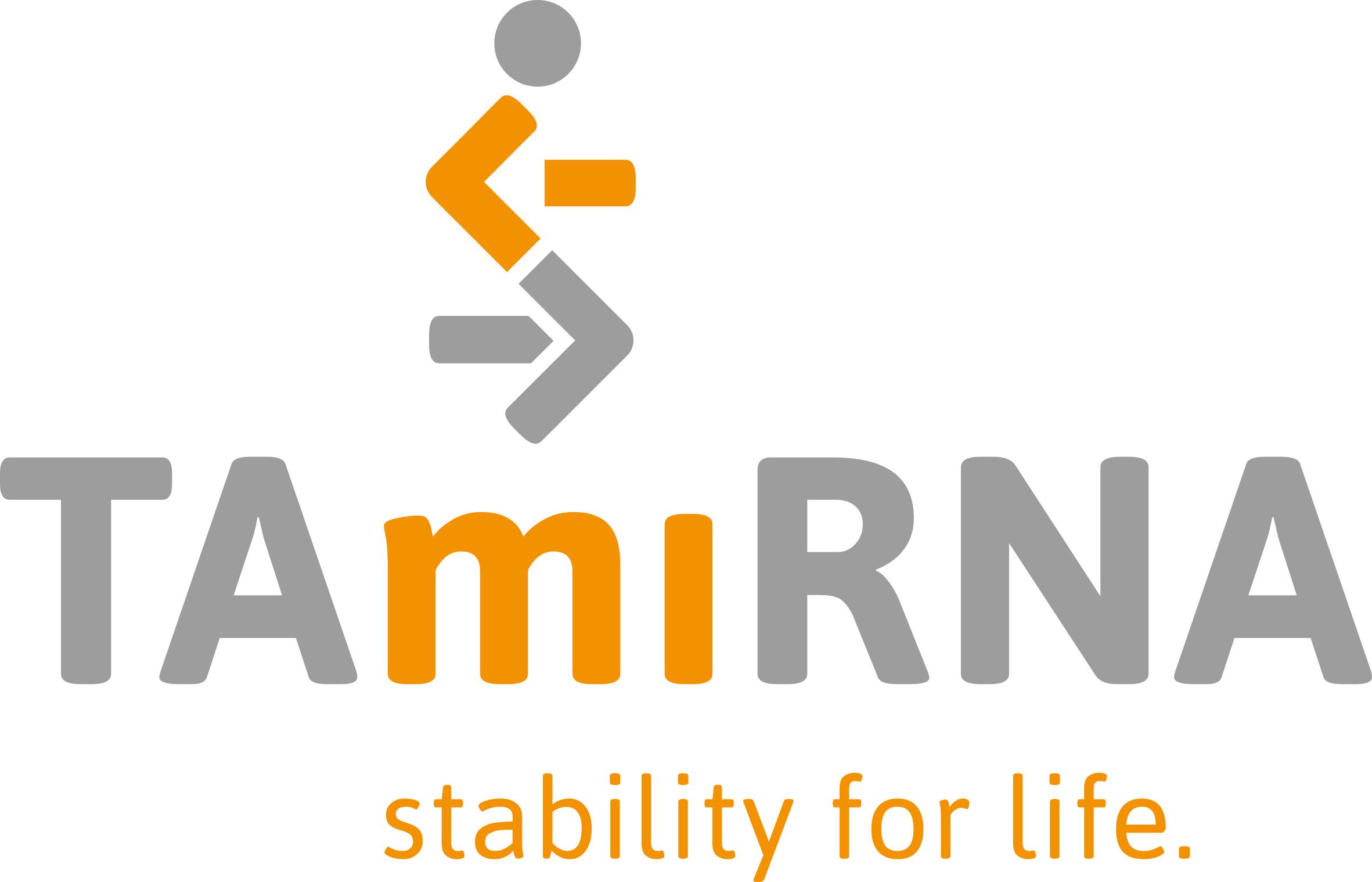By TAmiRNA GmbH
TAmiRNA White Paper – microRNA analysis in cell-free biofluids by RT-qPCR
Innovative Austrian-based biotech company and microRNA (miRNA) specialist TAmiRNA has released a new white paper ‘Quality controls and best practices for analyzing microRNAs in cell-free biofluids by RT-qPCR’.
MiRNAs have great potential in liquid biopsies as minimally invasive diagnostic biomarkers for a wide range of diseases and biological processes. These short regulating RNAs have important biological functions, are limited in number and generally exhibit good stability and detection in clinical samples such as serum, plasma, urine and other biofluids.
Reverse-transcription quantitative PCR (RT-qPCR) is the gold standard method for sensitive and specific quantification of miRNAs in cell-free biofluids. The White Paper covers the main challenges of miRNA profiling in cell-free biofluids by RT-qPCR that are caused by their very low RNA content, occasionally high levels of enzyme inhibitors and RNA compositions that can be highly susceptible to pre-analytical variations and low sample quality.
The paper provides tips and solutions for successful miRNA experiments in serum and plasma.
Abstract
The TAmiRNA TechNote TN-05 covers the five different steps of a miRNA experiment and potential key challenges at each stage, from sample collection to data analysis.
It identifies and tabulates the common sources of variability during miRNA analysis in cell-free biofluids, in which pre-analytical variables are common sources for erroneous or misleading laboratory test results, with detection of circulating miRNAs influenced by factors such as collection method, specimen processing or storage conditions.
The paper explores qualitative differences between serum or plasma processing.
The influence of hemolysis as a major cause of variation in serum/plasma miRNA levels due to contamination with cellular RNA is explored in detail, along with the ideal RT-qPCR workflow of RNA extraction, normalization and quality control.
The paper covers different extraction methods, including use of the TAmiRNA serum/plasma RNA extraction kit, which is part of all TAmiRNA one-stop kit solutions such as osteomiR™, thrombomiR™ and toxomiR™.
The Technical Note explains the use of spike-in controls to provide insights and checks over experiment quality as well suggesting methods for data normalization for miRNA analysis in cell-free biofluids.
It then covers application of TAmiRNA RT-qPCR chemistry in which universal RT is achieved in a protocol consisting of polyA adenylation, followed by RT using an anchored oligo (dT) reverse primer, using a combination of LNA-enhanced template-specific forward and reverse primers to ensure sufficient sensitivity and specificity. Using this protocol, TAmiRNA´s all-in-one kits enable rapid parallel analysis of miRNA signatures such as osteomiR™ and thrombomiR™ with high sensitivity and specificity.
Finally, the paper outlines a recommended step-by-step approach to data analysis of exploratory studies: from preliminary quality control and differential expression to development of diagnostic tests.
It concludes by showing how important considerations regarding the low abundance of miRNA in plasma/serum and potential contaminants associated with these sample types must be addressed the identification of stable circulating miRNAs in various disease states. Using the guidelines outlined in this tech note, reproducible and relevant data can be obtained.

















